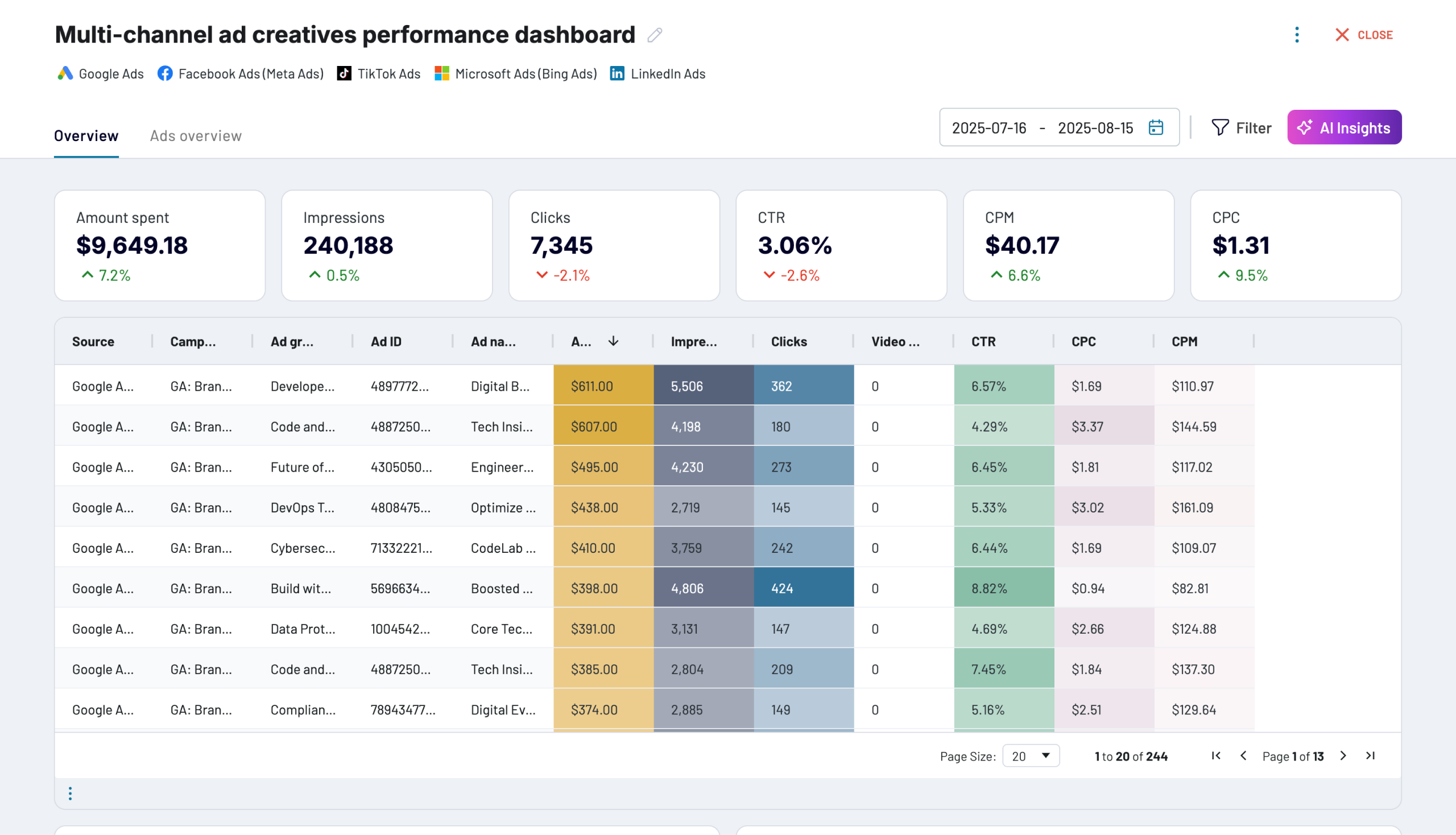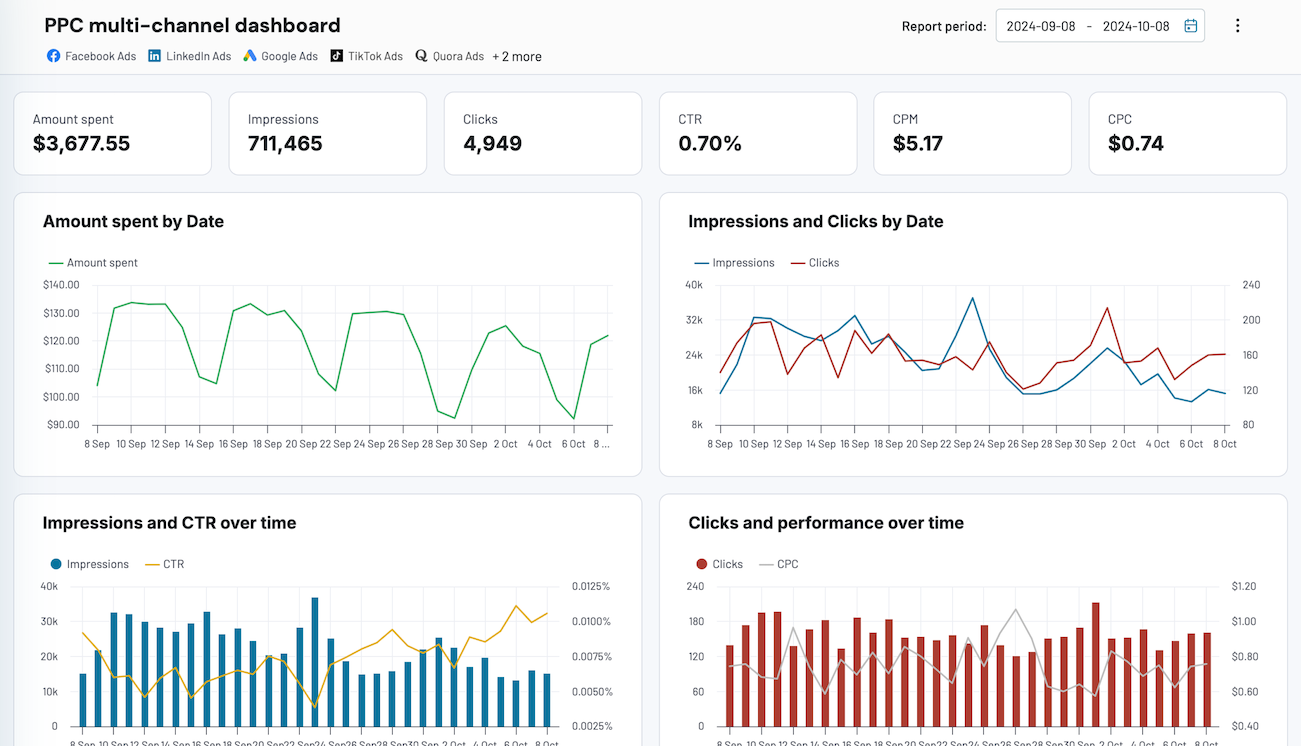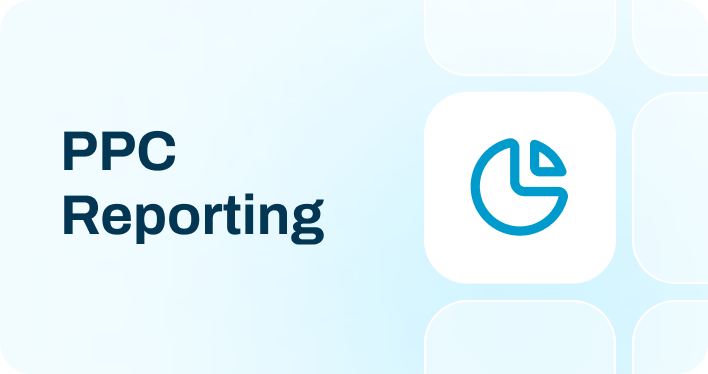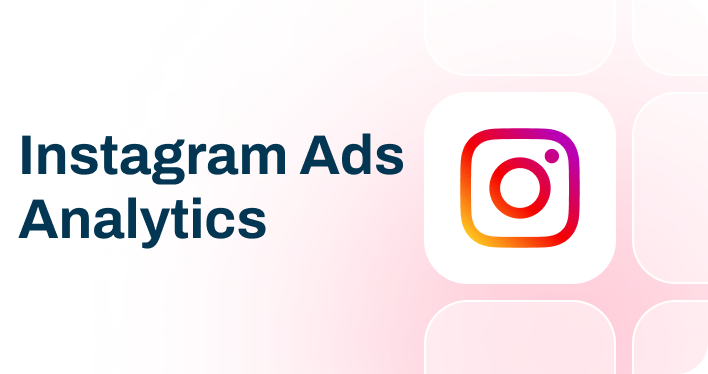What is an Ad frequency?
Ad frequency refers to the average number of times an individual sees your advertisement over a given period. This metric helps marketers balance visibility and annoyance. A frequency that is too high can lead to ad fatigue. As a result, the audience becomes annoyed by the repetition. This could harm brand perception. Conversely, a frequency that is too low may not effectively convey the message or spur action. The analysis of ad frequency allows marketers to optimize their campaigns. They can achieve maximum impact without overexposure.
How to calculate Ad frequency?
To calculate ad frequency, divide the number of ad impressions by the number of unique users reached.
Total Impressions / Total Unique Users
What is bad Ad frequency?
A bad ad frequency metric can be of two kinds. When the frequency is too high, this leads to ad fatigue among the audience. For instance, a frequency above 10 can be excessive. This causes annoyance and could damage brand perception.
On the flip side, if the frequency is too low, you fail to make an adequate impression. For instance, a frequency lower than 2 might not be enough to communicate the message effectively. Industry benchmarks for ad frequency vary. A lower frequency may still be effective in sectors with longer buying cycles, like real estate or luxury goods. Conversely, in retail or e-commerce, a higher frequency could be necessary to stay top of mind amid competition.
On the flip side, if the frequency is too low, you fail to make an adequate impression. For instance, a frequency lower than 2 might not be enough to communicate the message effectively. Industry benchmarks for ad frequency vary. A lower frequency may still be effective in sectors with longer buying cycles, like real estate or luxury goods. Conversely, in retail or e-commerce, a higher frequency could be necessary to stay top of mind amid competition.
What is good Ad frequency?
A good ad frequency metric effectively balances message delivery without causing ad fatigue. There is no ideal add frequency since it varies by campaign goal and industry. A frequency of 3-5 is often effective for brand awareness campaigns. It ensures visibility without overwhelming the audience. In more conversion-focused campaigns, a slightly higher frequency may be needed. It is enough for the user to see an ad around 5-7 times to encourage action. Higher frequencies might be more acceptable in FMCG. The reason is shorter purchase cycles. Meanwhile, a lower frequency might be preferable in high-value sectors like automotive or luxury goods. This will maintain exclusivity and prevent audience fatigue.
Our key templates to track Ad frequency
No such template is available yet.
No worries. Our team will create a template that fits your needs, just tell us more
about your case. It doesn't cost you a penny 😉
Request a custom report
about your case. It doesn't cost you a penny 😉
How to improve Ad frequency?
Optimize Ad Scheduling
Adjust your ad scheduling to align with the times your target audience is most active online. You can reduce ad fatigue by focusing on peak hours. Your audience will be more likely to engage with your content if you improve the efficiency of the ad frequency.
Audience Segmentation
Divide your audience into smaller, more specific groups. You can use demographics, interests, or behaviors as segmenting factors. Tailored ads to each segment reduce overexposure to a single group. They also enhance relevance, which leads to better engagement rates.
Refresh Creative Content
Regularly update ad visuals and messaging to keep content fresh and engaging. This approach prevents audience desensitization to repetitive ads, maintaining interest and interaction levels. It also helps you ensure your ads remain effective over longer campaigns.


















